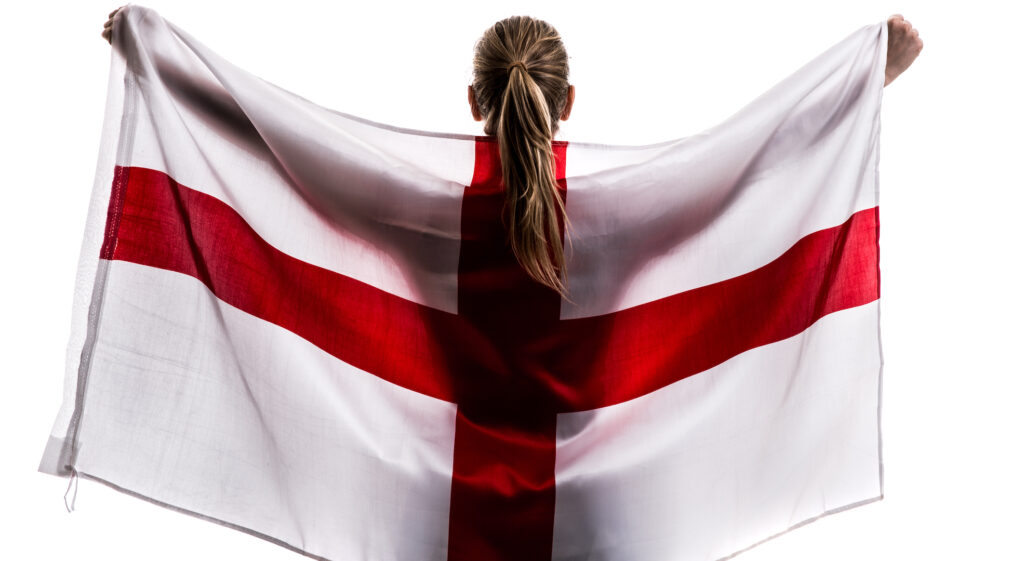
Today we looks at how to take great sporting shots. Why? Because what a summer it’s been for sport in the UK! With the Commonwealth Games, Wimbledon tennis, and of course the Lionesses winning Euro 2022, it has just been one spectacular sport after another.
If you are keen on photography, this may have inspired you to get better at sports photos. Whether you have aspirations to take it up professionally, or just want to be able to get some amazing shots of your local team or your kid’s school matches, there is a lot you can learn about how to take great sports photos.
In this article we share six tips about how to take great sporting shots which we hope will help you improve your skills at sporting photography.
We will take a look at:
Most great shots don’t just happen. They need to be planned. And, whilst you can’t guarantee what will happen in a game or match, you can certainly think through the kind of shots that you want and make sure you are in the best position to get those shots.
Think about where you need to be in the venue. Even in a small venue there are likely to be some parts that have a much better view of the proceedings than others. Also be prepared to move around during the game or match. You may sometimes need to do this anyway either to get out of people’s way – or get them out of yours! But taking shots from different positions can give you a wonderful variety of photographs.
And why not try some different angles too? For example if you can get to a higher position you may be able to get an aerial view of some of the action. Or how about lying down for some good ground-level shots. Don’t be afraid to experiment in order to get the shots that stand out from the crowd!
In our recent article Want to learn about photography? Start here! we explored different kinds of cameras, and the types of accessories you might want to get to do with it. There are many different types of lenses but for sports photography you may want to try a zoom lens.
Zoom lenses enable you to adjust the angle of a shot and make it either narrower (by zooming in) or wider (by zooming out). This means that you can make the subject of your photo appear much nearer than it actually is. For sports photos, professionals recommend at least a 200mm lens, but for larger stadium venues you might want to consider at least a 400mm lens, which can zoom into objects even further away.
In our recent article Want to learn about photography? Start here! we covered the concept of the “exposure triangle”. There are three camera settings – shutter speed, ISO and aperture – that you can combine in different ways. The right combination of the three will create the best lighting for your shot.
For the best sports photos at speed you need to use a high shutter speed, at least 1/500th of a second. This will ensure a clear sharp shot.
Using a high shutter speed also enables you to take photos in quick succession. You may also want to explore burst mode – also called continuous shooting mode. This option is available on many digital cameras and enables you to shoot a rapid sequence of pictures in quick succession by either pressing the shutter button or holding it down.
Even though you will end up with far more photos than you actually need or want, there may be a higher chance of you getting one or more of those elusive shots that you will be proud of.
ISO – another aspect of the exposure triangle – is the international measure of the sensitivity of your camera to light. Knowing the importance of ISO and understanding how to adjust it is a key secret of how to take great sporting shots.
Adjusting your ISO settings can enable you still to get good results even when light is scarce. But it is definitely worth experimenting with them in advance so that you know what is and is not technically possible in any given situation.
Opinion can be a bit divided over whether to use flash for sports photography. On a positive note, it can provide a much-needed temporary light source to illuminate the subject and enable a winning combination of aperture and a fast shutter speed.
If you do use flash, try avoiding flash directly on the subject as this can make the shot look a little over-exposed and unnatural. One solution to this is to bounce the light from the flash off another surface such as a pale wall so that the photograph is more evenly lit.
However, many would argue that flash could be distracting at a sporting event, and could disrupt the concentration of the players. For this reason, flash is banned in many sporting venues so if you do want to use it, remember to check first.
Last but not least, remember that taking great sports photos is not just about the sporting action, it’s also about the party!
You want to capture the ambience of the whole event. So don’t just focus the specific sporting elements but also on the surroundings as a whole. Look around for groups of fans, waving flags, team chats on the sidelines. All these situations and more tell the full story of the event and immerse the viewer in the game’s atmosphere.
We hope that these tips help you to understand more about how to take great sports photos. Good luck from all of us at Print Your Memory.
______________________________________________________________________________________

Copyright 2025 © Print Your Memory. All rights Reserved.